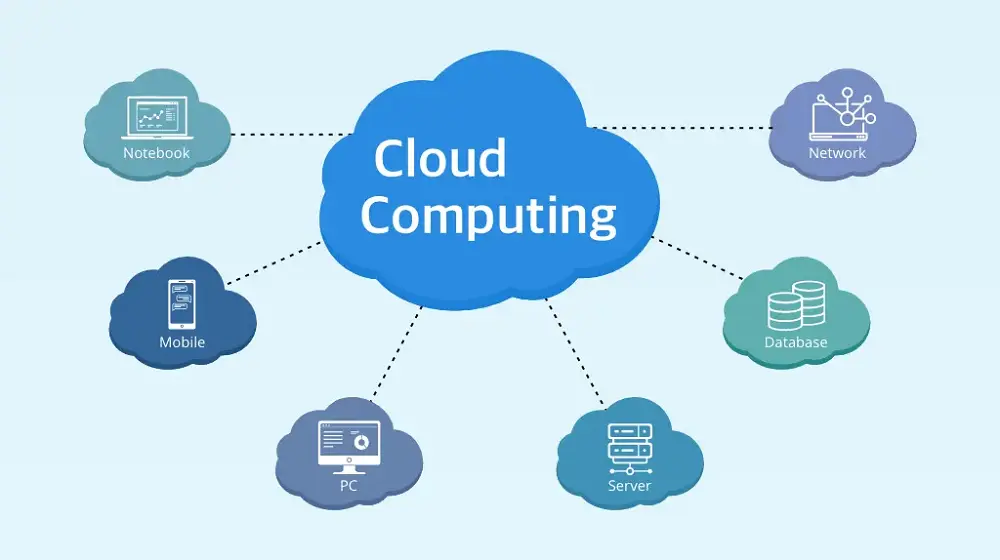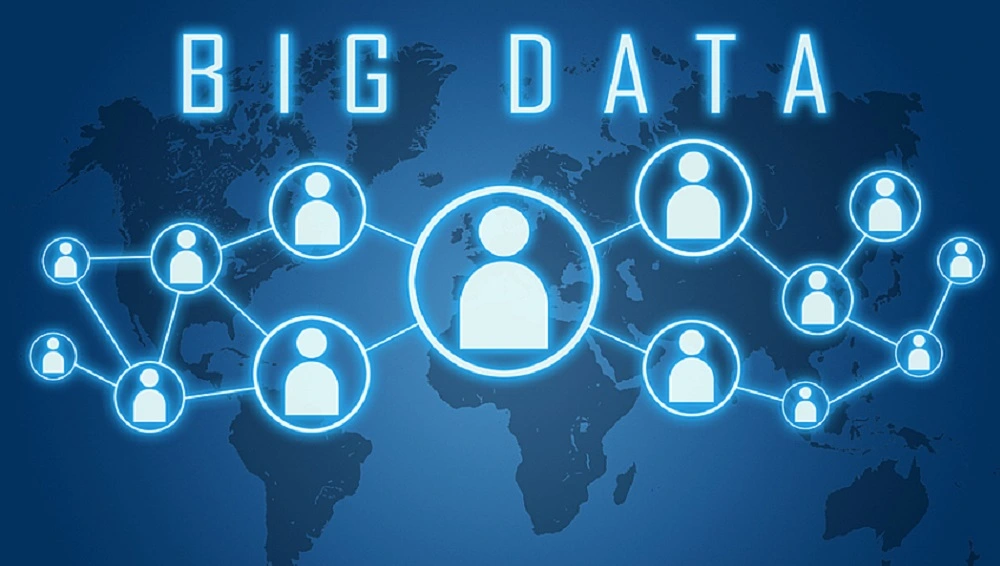Have you ever paid a friend back through a mobile wallet, checked your credit score on your phone, or invested spare change with just a tap? If so, you’ve already experienced the world of fintech applications – the invisible engine powering today’s digital economy.
Fintech apps are reshaping how we save, spend, borrow, and invest. By blending technology and finance, they make once-complex banking tasks simple, fast, and accessible to everyone. In this guide, we’ll explain what a fintech application is, explore its main types, features, and real-life examples, and show how these apps are redefining financial experiences for both individuals and businesses.
Key takeaways
- Fintech apps = Finance + Technology – transforming how people pay, save, borrow, and invest.
- For businesses, fintech opens doors to faster transactions, lower costs, and new revenue models.
- Understanding how fintech apps work helps you spot innovation gaps and stay ahead in the digital economy.
What is a fintech apps?
A fintech application is any digital tool that helps people or businesses handle money through technology – form sending payments, saving, and investing, to borrowing or buying insurance.
Put simply, if you’ve ever transferred money on your phone, checked your account balance online, or paid a bill through an app, you’ve already use fintech.
How it’s different from a traditional banking app
While a banking app usually helps you manage an existing bank account, a fintech app goes further:
- It connects with different financial institutions through open banking APIs
- Offers faster, often cheaper services like mobile payments or instant loans
- And sometimes works without a traditional bank at all, like neobanks or digital wallets.
Fintech app focus on user experience, speed, and flexibility, while traditional banking apps mainly serve existing bank customers.
Why fintech apps matter
Fintech app have become the backbone of modern finance, transforming how people and businesses handle money:
- Mainstream adoption: Global fintech user penetration is projected to reach 80.1% in 2025 – proving that digital finance has gone fully mainstream.
- Explosive growth: The global fintech app market is expected to surpass $500 billion by 2035, with a steady 8.3% CAGR (WiseGuy Reports)
- Empowering access: From mobile payments to neobanks, fintech apps are making financial services faster, cheaper, and more inclusive.
Who uses fintech apps?
- Consumers use them to make payments, manage budgets, invest, or borrow easily.
- Businesses use them to automate transactions, offer digital payment options, or provide finance-related features to customers.
From individuals tracking daily expenses to enterprises running online lending systems, fintech apps are what make finance digital.
How do fintech applications work?
Fintech apps work by connecting users, financial institutions, and technology to make money management faster and easier.
When you open a fintech app, here’s what usually happens:
- Sign up and verify: You create an account and confirm your identity through KYC (Know Your Customer) and AML checks.
- Connect to your bank: The app links to your bank or payment account through secure APIs.
- Make transactions: You can send money, pay bills, invest, or borrow directly in the app.
- Keep data safe: All your information and transactions are protected with encryption, biometrics, and other security tools.
Behind the scenes, fintech apps use powerful technologies like:
- AI & machine learning to detect fraud and give smart financial advice.
- Blockchain to make payments and records more transparent.
- Cloud computing to process millions of transactions smoothly.
- Open banking APIs to let different banks and services work together.
Key features of fintech applications
What makes fintech apps stand out isn’t just their design, it’s how they merge finance, security, and smart technology to make managing money effortless.
1. Intuitive UX/UI
A fintech app is built around a user-first experience. Clear layouts, visual dashboards, and smooth navigation help users understand complex financial data in seconds. This simplicity is what makes fintech apps accessible to everyone, not just finance professionals.
2. Real-time transactions
Unlike traditional systems that batch-process payments, fintech apps enable instant money transfers, live balance updates, and automatic syncing. This real-time responsiveness gives users full control and confidence over their finances.
3. Multi-layer security
Security is the backbone of any fintech product. Through multi-factor authentication, biometric login (fingerprint, face ID), data encryption, and fraud monitoring, fintech apps ensure users’ sensitive information and transactions remain fully protected, providing a fintech security solution trusted by millions of users.
4. Seamless API integrations
Modern fintech apps rely on API gateways to connect with banks, credit systems, and third-party providers. These integrations enable users to link accounts, verify transactions, or access multiple financial services without leaving the app.
5. AI-driven personalization
Fintech apps use machine learning and predictive analytics to study user behavior and offer tailored insights – from spending trends to investment suggestions. This level of personalization helps build long-term engagement and trust.
6. Cross-platform scalability
Most fintech platforms are cloud-native, meaning they can scale quickly across mobile, web, and wearable devices while maintaining speed and consistency. This ensures a unified user experience, no matter the platform or region.
Type of fintech applications
Fintech apps come in many forms, each designed to solve a specific financial need. From payments to investing, these applications are changing the way people and businesses manage money.
| Type of fintech app | Main purpose | Key features | Example apps |
|---|---|---|---|
| Digital Banking / Neobank | Offer banking services fully online | Account management, instant transfers, savings tools | Revolut, Monzo, Timo |
| Payment & E-Wallet Apps | Enable fast and secure payments | QR payments, peer-to-peer transfer, bill split | PayPal, MoMo, Apple Pay |
| Lending Apps | Provide instant loans or BNPL options | Credit scoring, EMI calculator, loan tracking | Kuda, Affirm, Home Credit |
| Investment & Trading Apps | Help users invest or trade digitally | Portfolio tracking, stock/crypto trading, robo-advisors | Robinhood, eToro |
| Insurtech Apps | Simplify insurance purchase and claim | Policy comparison, AI claim processing, chatbot support | Lemonade, Metromile |
| RegTech / Compliance Apps | Support regulatory compliance | KYC, AML monitoring, data reporting | Alloy, ComplyAdvantage |
| Personal Finance Management Apps | Help users manage budgets | Expense tracking, saving goals, analytics | Mint, Money Lover |
5 Best technology use for fintech applications
Top 5 innovative technologies associated with fintech applications include:
Artificial intelligence (AI)
AI is a game-changer in the fintech industry. It’s used to automate processes, analyze large amounts of data quickly, and improve customer experiences. For example, AI can power chatbots for customer service, detect fraudulent transactions, and provide personalized financial advice based on a user’s spending habits.
Cloud computing
Cloud computing provides a way for fintech applications to store and access data over the internet instead of on a local server or a personal computer. This technology allows for more flexibility, scalability, and cost-effectiveness. It enables fintech companies to quickly scale up (or down) their operations, provide seamless services to customers worldwide, and only pay for the resources they use.

Blockchain and cryptocurrency
Blockchain is the technology that underpins cryptocurrencies like Bitcoin. It’s a decentralized and secure way of recording transactions. In fintech, blockchain can be used for secure and transparent transactions, smart contracts, and reducing fraud. Cryptocurrencies offer an alternative form of payment and can be particularly useful for cross-border transactions.
Internet of Things (IoT)
IoT refers to the network of physical devices connected to the internet, collecting and sharing data. In fintech, IoT can be used in various ways, such as enabling payments through connected devices (like smartwatches), improving risk assessment in insurance through data collected from connected cars or homes, and enhancing supply chain operations in trade finance.
Big Data
In fintech, big data can be used to gain insights into customer behavior, improve decision-making, and offer personalized services. For example, lenders can use big data to assess credit risk more accurately, while investment firms can use it to make better investment decisions.

It can be claimed that these technologies are driving the fintech revolution, offering new ways to deliver financial services more efficiently and effectively. And the 9 popular types of fintech apps introduced in the next section will help you gain a better understanding of their scalability.
Benefits and limitations of fintech apps
Fintech apps are transforming how people and businesses manage money. While they offer many advantages, it is also important to recognize their limitations.
Pros
- Convenience and speed: Transfer money, pay bills, or invest anytime without visiting a bank.
- Accessibility: Open financial services to underserved populations and small businesses.
- Personalization: AI and data analytics provide tailored recommendations and insights.
- Cost efficiency: Lower fees and streamlined operations compared to traditional financial services.
- Enhanced security: Multi-layer authentication, encryption, and fraud monitoring protect user data.

Cons
- Security risks: Despite strong measures, apps remain targets for cyberattacks and phishing.
- Digital dependency: Requires reliable internet and device access.
- Regulatory challenges: Compliance requirements vary by country, affecting availability and features.
- Limited personal interaction: Users miss the in-person support offered by traditional banks.
- Over-reliance on technology: AI recommendations may not fully replace human financial advice.
Fintech apps make financial management faster, smarter, and more accessible, but users and businesses should stay aware of security, regulatory, and operational risks.
Real-world fintech application examples
To understand how fintech apps work in practice, let’s look at two prominent examples that highlight different use cases.
1. Revolut – Digital Banking & Payments
Revolut started as a global digital banking app focused on borderless payments. Users can open accounts, exchange currencies, send money internationally, and access budgeting tools all within a single app. Its success comes from real-time processing, seamless API integrations, and user-friendly design, making banking faster and more accessible than traditional methods.
2. Robinhood – Investment & Wealth Management
Robinhood transformed investing by providing commission-free trading on stocks, ETFs, and crypto. Through intuitive UX, AI-driven insights, and mobile-first design, it democratized investing, especially for younger users who previously found investing complex or expensive.
The future of fintech apps
The future of fintech apps will be shaped by both technological innovation and shifts in the financial ecosystem. Artificial intelligence, machine learning, blockchain, and digital assets will continue to enhance security, personalization, and efficiency, making apps smarter and more reliable. For example, the AI in fintech market is expected to grow from USD 30 billion in 2025 to USD 83 billion by 2030, at a CAGR of 22.6%. Meanwhile, digital wallets and contactless payments are set to dominate daily transactions, with over 5.6 billion users worldwide in 2025, driven by rapid growth in Asia-Pacific and Latin America.
Beyond technology, regulation and partnerships will also play a vital role. Open banking and data privacy laws push developers to focus on compliance and transparency, with the global open banking market projected to reach ~USD 135 billion by 2030 . Partnerships between fintechs, banks, and big tech firms will accelerate, with embedded finance becoming a dominant model that integrates financial services into non-financial platforms; the embedded finance market is expected to reach ~USD 7.2 trillion by 2030.
Looking ahead, fintech apps won’t just simplify money management – they will drive inclusion by reaching underbanked populations and supporting sustainable finance initiatives. By blending innovation with compliance and accessibility, the future of fintech apps will redefine how individuals and businesses interact with financial services worldwide.
Conclusion
To sum up, the question “What is a fintech application?” is clearly explained. They combine technology, security, and smart design to make financial services faster, more accessible, and more personalized. From payments and banking to investments and insurance, fintech apps simplify complex processes and bring convenience to everyday finance.
Understanding fintech apps and their features helps users navigate the modern financial landscape with confidence and make informed choices about the tools they use.
How useful was this post?
Click on a star to rate it!
Average rating / 5. Vote count:
No votes so far! Be the first to rate this post.




